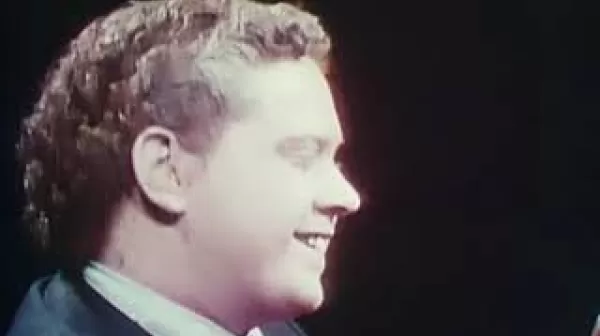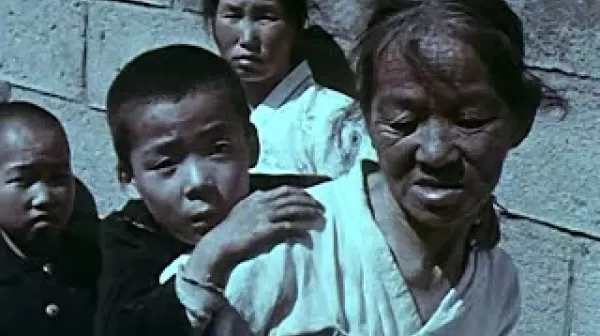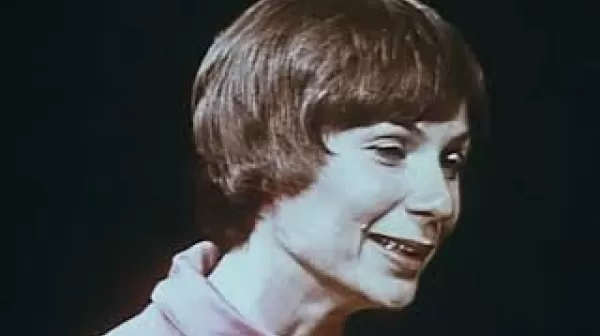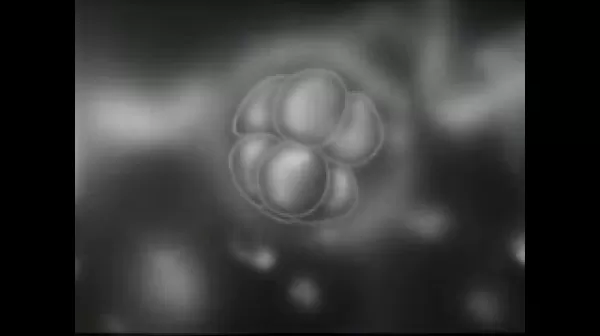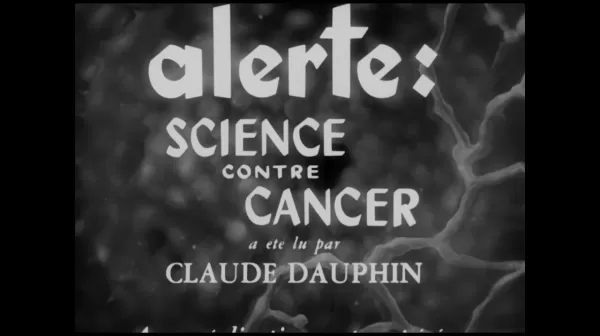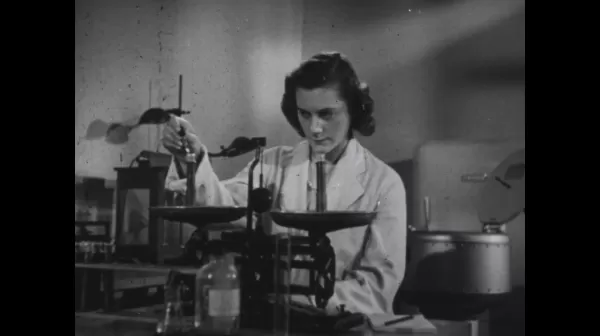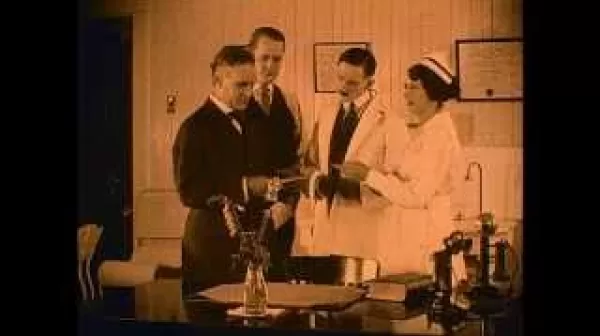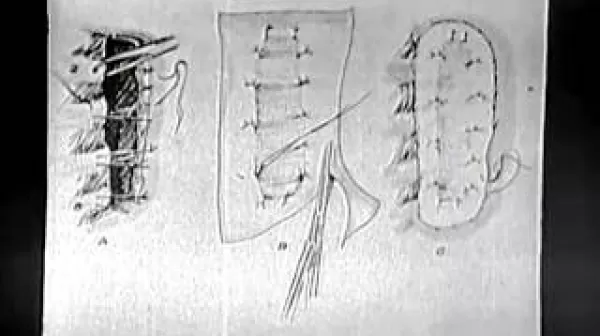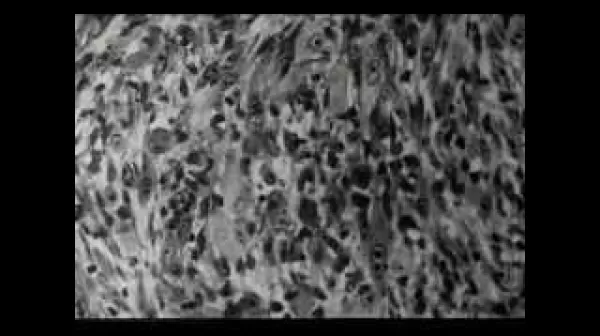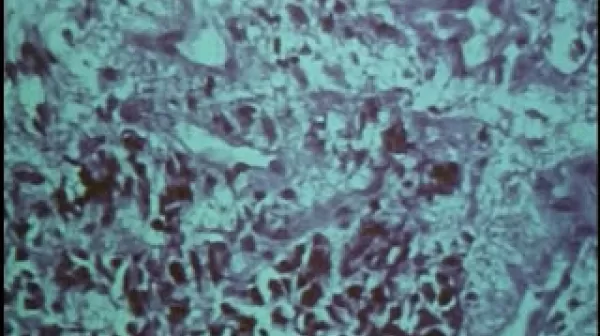The Impotent Husband (Harold Lief and David Reed, 1972)
The purpose of this presentation is to demonstrate a conjoint marriage counseling session in order to "increase your powers of observation in marriage counseling." This objective is achieved with the aid of two clinical subjects, the therapist and Dr. Lief, the Director of the Center for Study of Sex Education in Medicine, University of Pennsylvania School of Medicine. In this presentation Mr. and Mrs. Palmer who have been married for 23 years are interviewed by Dr. Reed in a conjoint session. The Palmers have been referred to Dr. Reed by Mr.

